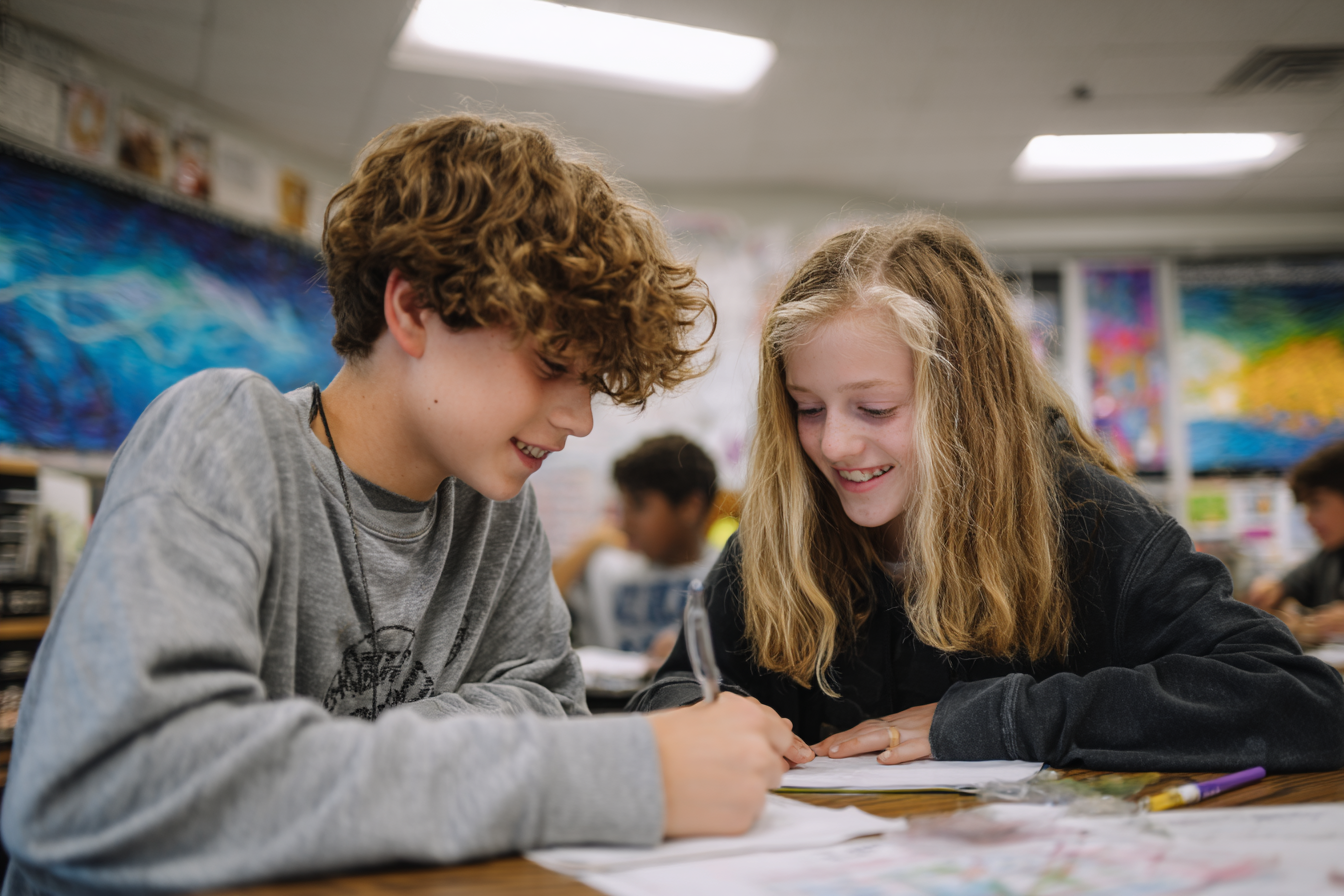Unit Plan 19 (Grade 7 Social Studies): The Renaissance—Birth of New Ideas
Explore how Renaissance art, humanism, and global knowledge exchange transformed Europe—linking innovation, civic ideals, and Afro-Eurasian connections that reshaped culture, learning, and society.

Focus: Explore Renaissance art, humanism, and the global exchange of knowledge that reshaped Europe and connected Afro-Eurasia.
Grade Level: 7
Subject Area: Social Studies (World History • Civics • Inquiry)
Total Unit Duration: 5 sessions (one week), 50–60 minutes per session
I. Introduction
Students investigate the Renaissance as a turning point in ideas and culture. Through artworks, humanist texts, and maps of knowledge exchange (paper, print, numerals, astronomy), they evaluate perspective and audience, explain change and continuity, and connect civic ideals to humanist thought and city-state life.
Essential Questions
- How did humanism change art, learning, and civic life?
- In what ways did global exchanges and technologies (paper, printing, numerals) accelerate change?
- How do we read artworks and texts as sources—identifying purpose, audience, and bias?
II. Objectives and Standards
Learning Objectives — Students will be able to:
- Identify the Renaissance as a turning point and explain changes and continuities in ideas, art, and learning (Hist.4–5).
- Evaluate source reliability, bias, and point of view in artworks and texts; cite evidence in explanations (Inq.3).
- Analyze how civic ideals (justice, rule of law, liberty) appear in humanist writings and urban governance (Civ.4).
- Construct multi-causal explanations linking trade, technology, patronage, and civic culture to Renaissance developments (Hist.5).
- Communicate claims clearly in discussion and short explanatory writing with specific evidence and citations (Inq.3).
Standards Alignment — 7th Grade (C3-based custom)
- 7.C3.Hist.4–5 — Turning points/legacies; construct explanations with multiple causes and continuity/change.
- 7.C3.Civ.4 — Civic ideals across belief systems and early governments.
- 7.C3.Inq.3 — Evaluate source reliability, bias, POV; recognize intended audience.
Success Criteria — Student Language
- I can explain how humanism reshaped art and learning with specific examples (e.g., perspective, patronage, printing).
- I can evaluate a source’s purpose, audience, and bias and use that to support a claim.
- I can write or present a multi-causal explanation that also notes at least one continuity.
